Not All Lenses Are Created As Equals. Let's Look At What Makes A Camer Lens Expensive
I think one of the biggest game changers in photography is glass.
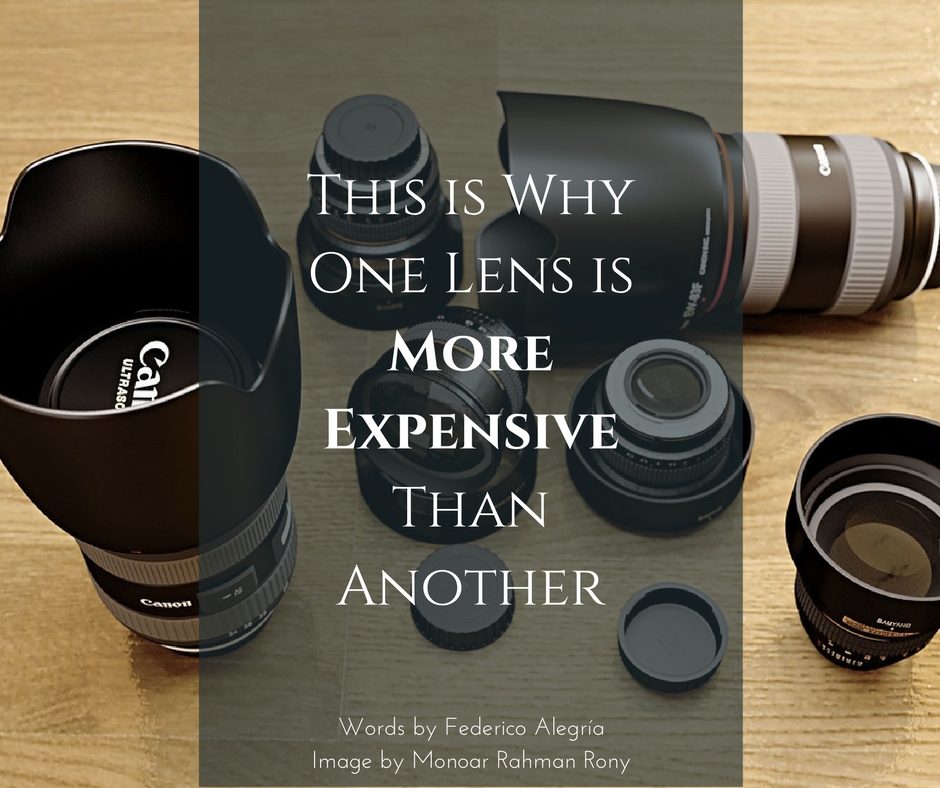
Getting different lenses is a versatile experience that can get really excited about photography, especially if you are a DSLR user. I changed my DSLR gear for a Fuji X100T system, and recently bought a teleconverter optical device (which is almost like a lens), because I felt I would need a 50mm in some situations).
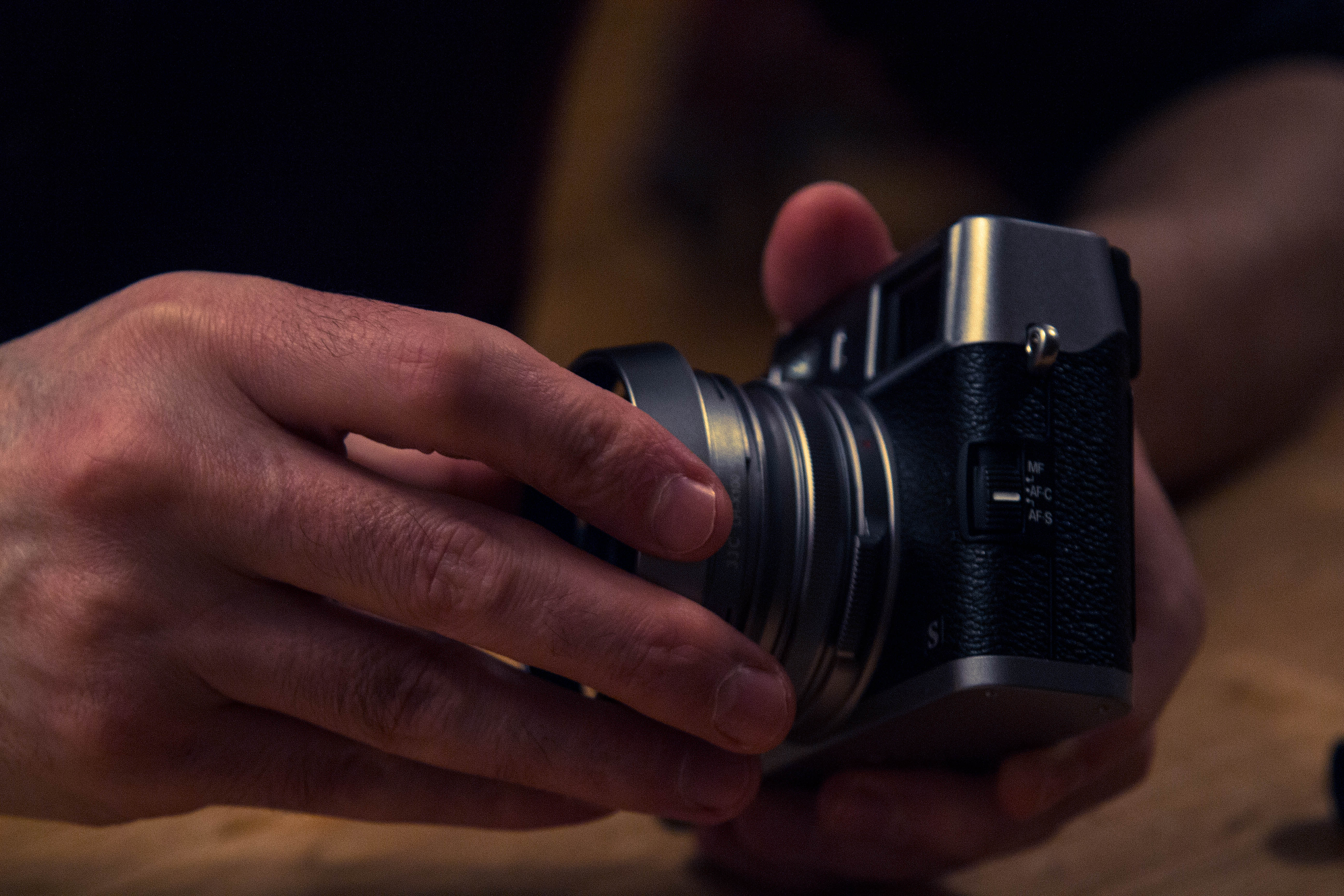
One of the biggest questions we have when getting involved in the overwhelming world of optics is: why on earth are some lenses so insanely expensive, and some others and others, less expensive?
The answer is actually quite simple, but I'll break it down in this article. It's because these objects are precision tools, and their production isn’t cheap.
The Families of Lenses
Lenses can be divided into groups:
- Wide Angle,
- Telephoto, and
- Zoom.
Wide-angle lenses are those that scope below a 50mm field of view, and telephoto lenses go from 50mm upward.
Zoom lenses have a wide range of focal lengths since they cover from A to B focal length, and sometimes this can go from a wide-angle focal length to a telephoto focal length – generally, the longer the focal length range, the smaller the maximum aperture (of which it won't be fixed, e.g. like an f/2.8 lens).
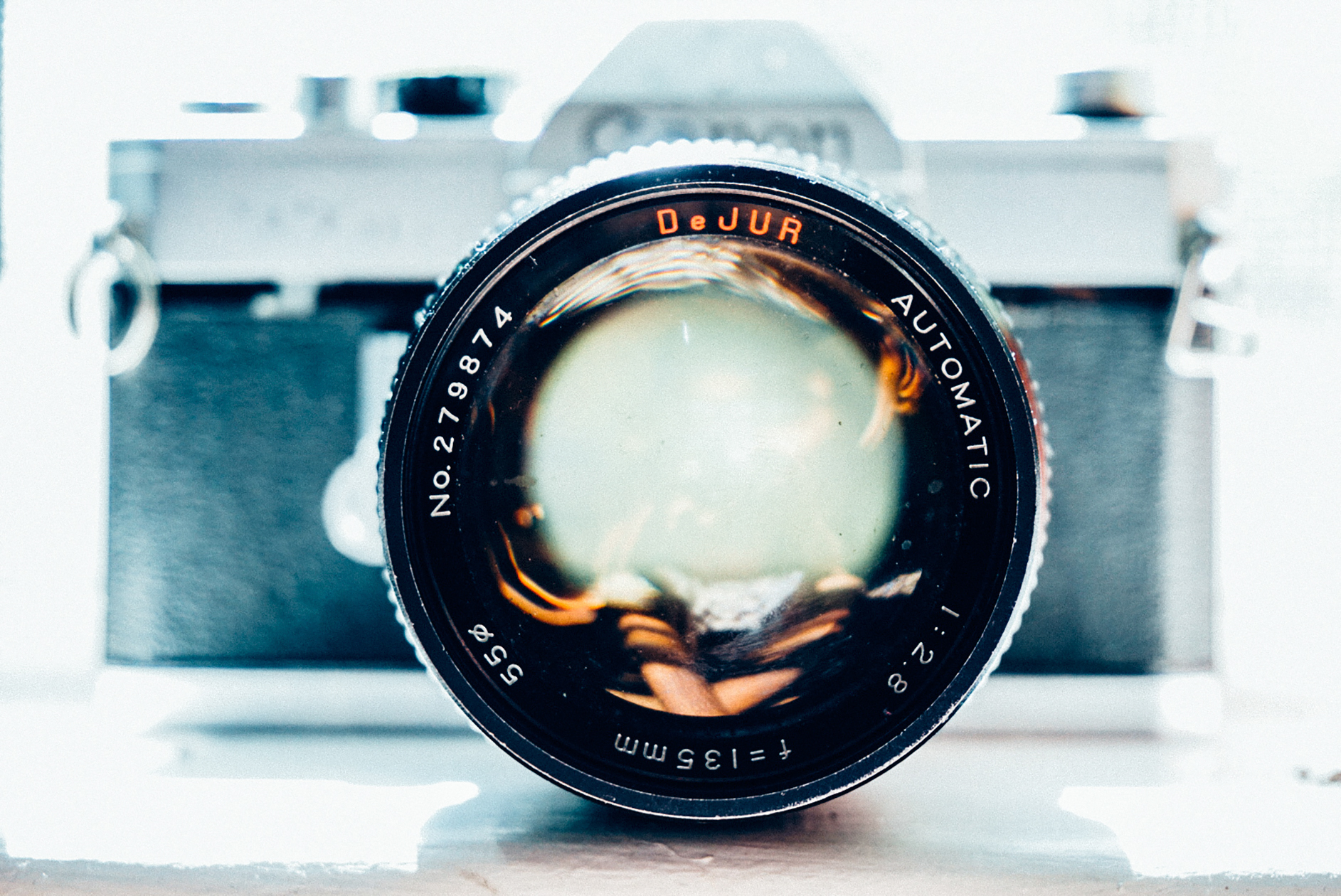
It should also be noted that some specialty lenses are crafted for very specific purposes, and of course, they tend to acquire the “legendary” tag almost immediately. Like this one, which was used by Stanley Kubrick to film scenes that had to be lit only with candlelight.
The reason behind its legendary status is that its production is, and was, so limited, that the possibility of you even holding one is pretty remote.
You all may know about these categories, but why are some lenses in the same category and the same focal length, and almost the same aperture, differ so much when it comes to their retail price? Let’s talk about the variables that make those greatly desired lenses so expensive.
Production Costs and Quality of Components
First of all, lens manufacturing is still done in a very traditional way. Some procedures may be automated, but many stages of the production process are still done by experienced human hands and eyes, just like watches.
Also, batches of hand-produced lenses are considerably smaller than the body assembly lines, which have less human presence – seems to fit logic. But, these two realities of the production lines have a huge impact on the final cost of the products and I'm quite certain you can guess.
Research and Development
The science behind lens crafting is called “optics”, which is by definition “the scientific study of sight and the behavior of light, or the properties of transmission and deflection of other forms of radiation”.
Innovations in the optics field come slowly because the research and development units of your favorite brand are always making huge efforts to test new features and new materials, sometimes basing their work on feedback from product testers and clients.

Research and Development is not just working on light transmission through glass objects, but also in engineering better, faster and quieter motors and “magical” image stabilization systems.
Construction
Lenses include so many elements that frankly I can’t imagine how engineers manage to fit everything inside those small lens barrels.
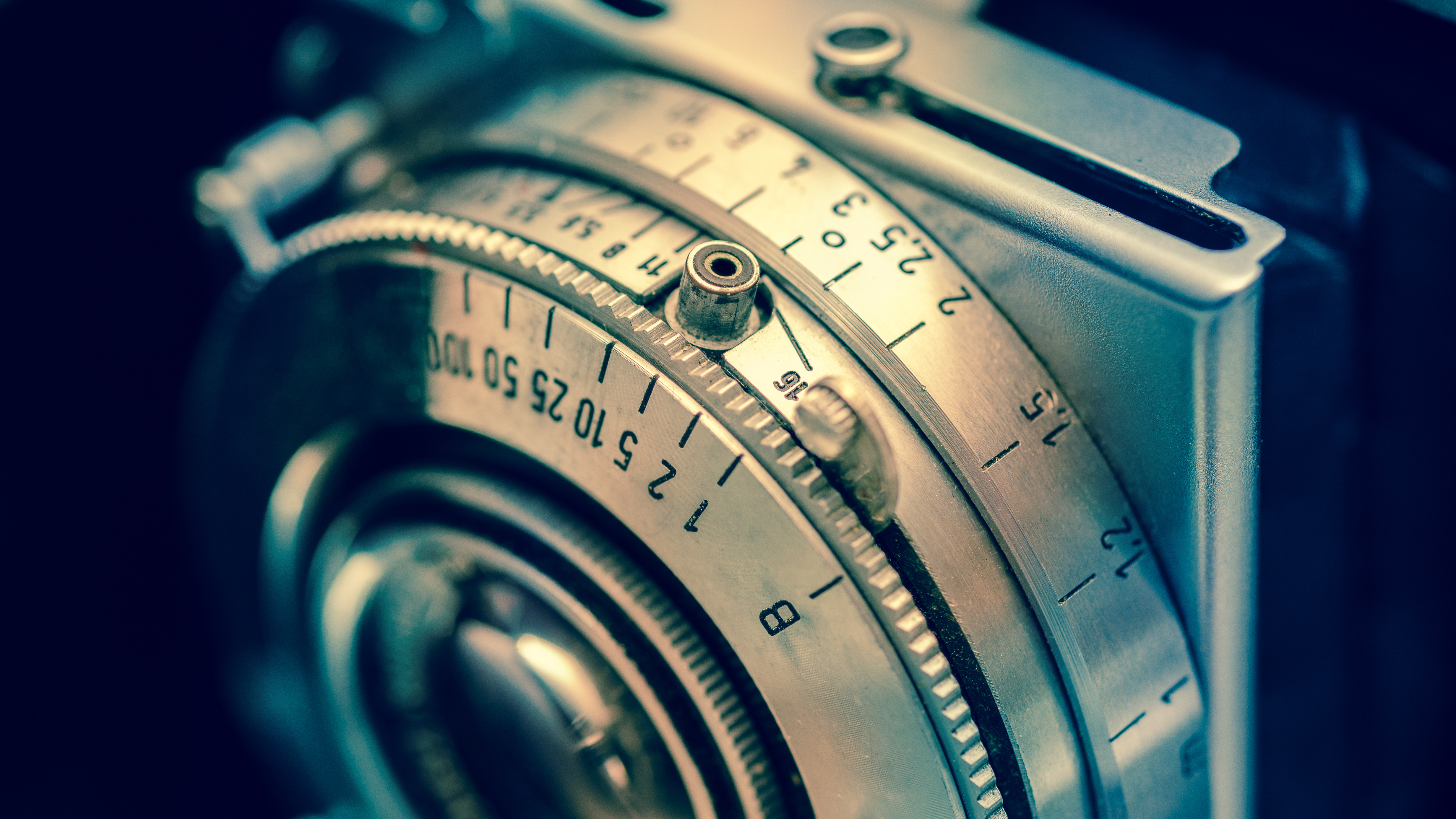
A Short Lens Glossary
- Lens Elements: All the main lenses and optical elements inside the lenses. Usually some of these move,, either to change their lens’ focal distance, or just for focusing. The aperture blades also fit here.
- Optical Design: Some lenses have the great ability not to change their size when moving from one focal length to another. A great example of weird optical design is this lens, which expands like a telescope in a very odd way.
- Construction: Fitting everything into a great looking, smart, ergonomic and handy device is really an engineering masterwork that carries a price.
- Motors: Autofocus systems are driven by precise motors that over time are getting more powerful in terms of speed and silence; this is one of the main reasons behind price shifts.
- Image Stabilization: If you have a lens that goes further than 50mm, whether it is a prime lens or a zoom, you’ll want to have image stabilization, because everything after the 50mm starting point will tend to shake with your hands, and the shake will grow the longer the focal length.It’s like trying to keep a broomstick steady by hand – holding it one end versus keeping a pencil straight (even if it was an extremely light broom!).Any guesses about the result? Give it a try.
- Coating: Taming light is hard, and optical engineers’ more innovative ideas can be traced back to the lens coatings, which are applied to render the truest colors in your pictures, without hazes or casts.
- Weather Sealing: Expensive lenses come with special seals that keep moisture and dust where it belongs – outside your gear.
- Glass: Last but definitely not least, the biggest reason for that fat price tag on some lenses, is the glass. High-quality glass comes at big prices, period. See this as a jewel, with a utilitarian purpose.
The Lens-Choosing Philosophy
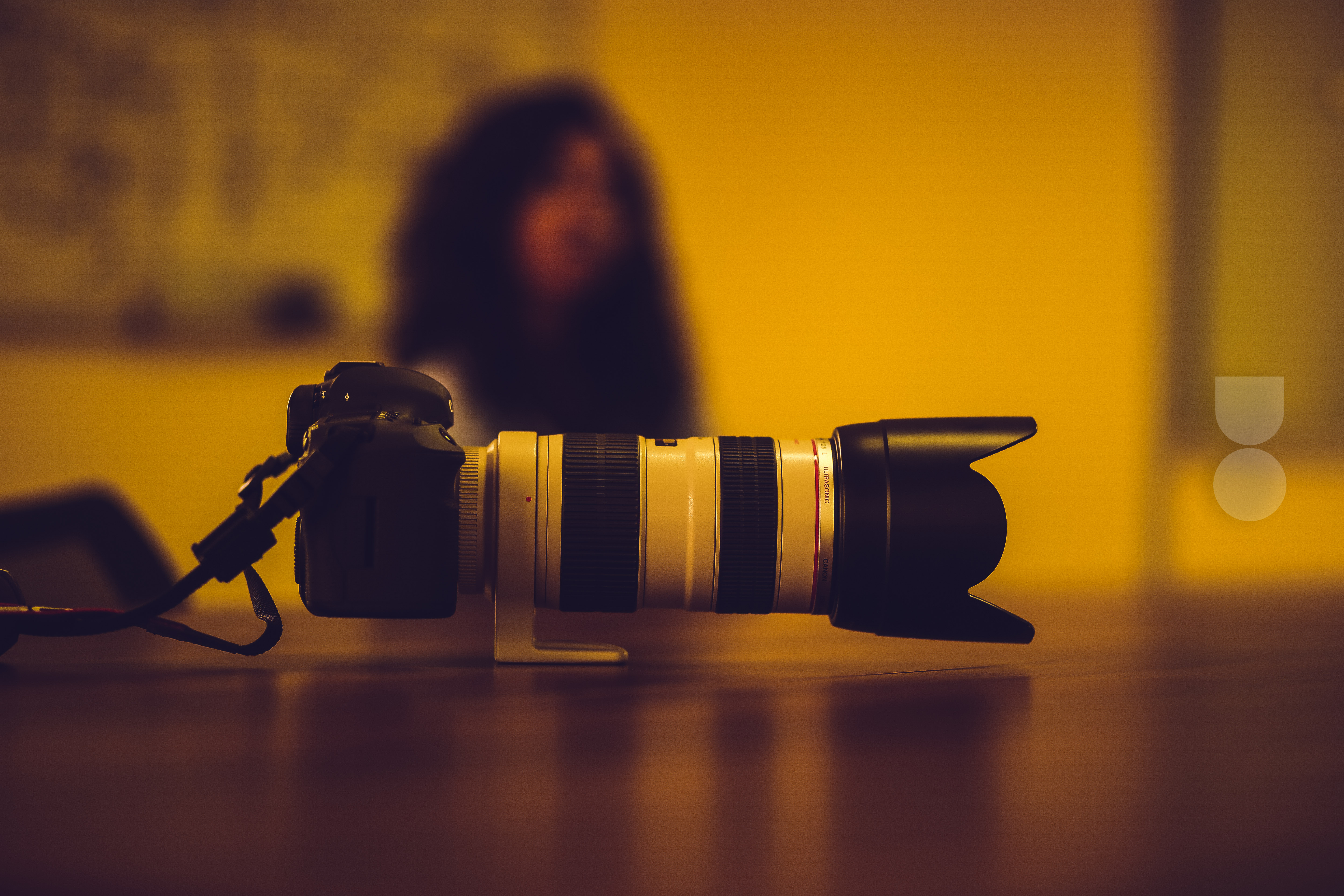
Summary
Don’t let your favorite brands overwhelm you with their vast lens catalogs. Let your decision be driven by the style of photography you love doing the most, or those your job demands the most (which in some cases may be different from the images you love doing the most).
Either way, if you love the images you’re being paid for, kudos to you! If you're not doing it for payment, love that too.
What Makes a Camera Lens Expensive – Top Takeaways
- By learning what goes into the production of a lens, you can then fully appreciate the price tag.
- And by appreciating the price, you can then understand why you should choose one lens over another.
- Don't choose an expensive lens hoping you'll just “get great photographs” from it, like a given. Yes, the optics are of superior and modern quality; often the aperture is wider, with better blades and the image stabilization is a more advanced technology but it's YOU behind the camera.
- Make sure you understand the glossary section here for when you're going into as shop or asking in forums or reading articles.
Further Resources
- The Keys to Developing Your Personal Photographic Style by Jacob Maentz
- Retro Cameras: Style Over Substance? by Jason Row
- What You Need to Know About Lenses With Image Stabilization by Dzvonko Petrovski
Further Learning
Want to know some awesome Landscape Techniques?
Well, this guide by pro author Kent Dufault will really help you out: The Complete Landscape Photography Guide. With the heavy reliance on wide angle lenses in landscape photography, this will give you the information you need to get the results you want.





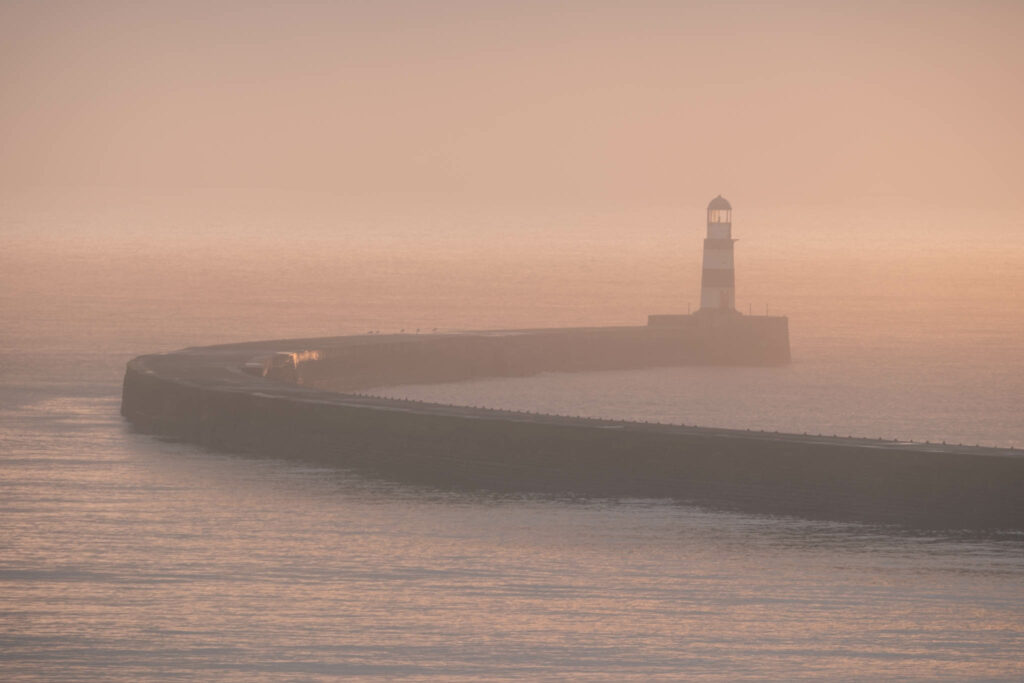
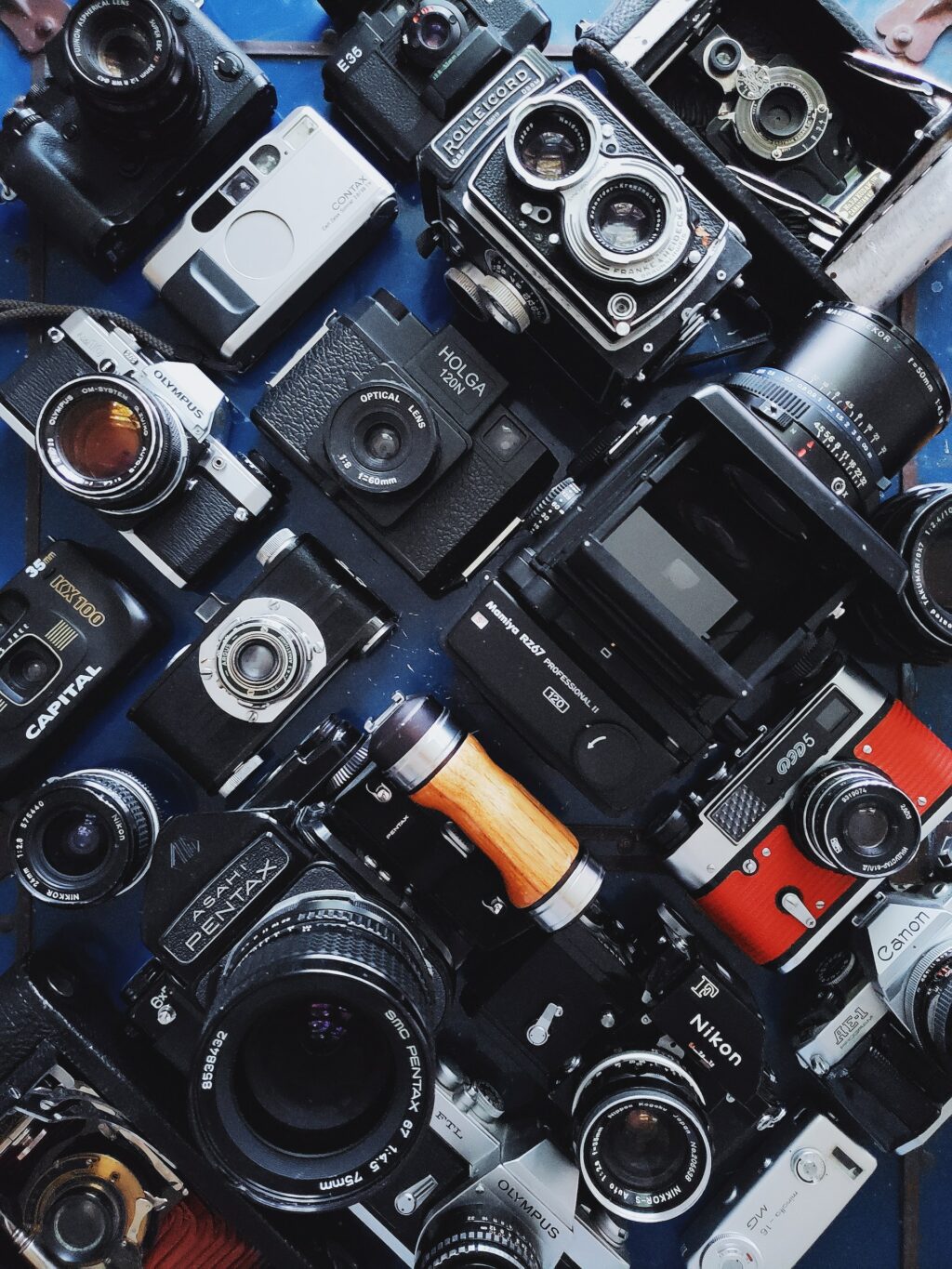
1 Comment
I own many lenses, ranging from $149-2799. Some of my finest work was done with the Pancake 40 Canon 2.8. Fine optics, advanced IS and coatings help and lend towards a better image than not but they are no match for timing, lighting, location and framing.